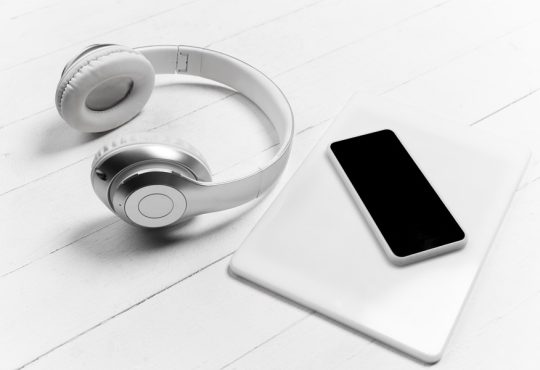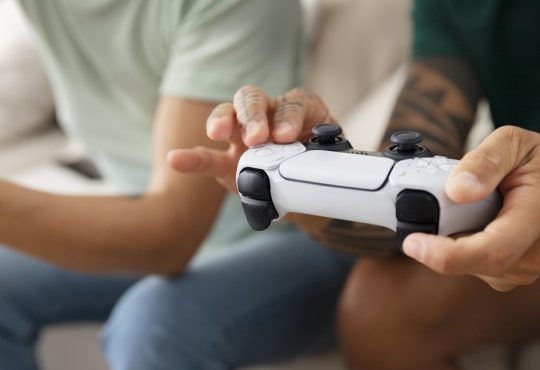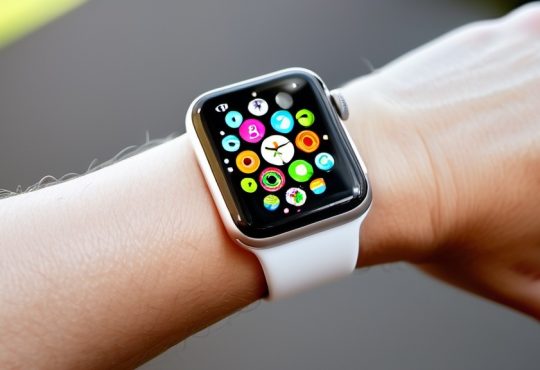Buying a second-hand iPhone can be a cost-effective way to own one of Apple’s flagship devices without the hefty price tag. However, there are risks involved, and it’s essential to make an informed purchase to avoid ending up with a problematic device. This comprehensive guide will walk you through everything you need to look for when purchasing a second-hand iPhone. By following these essential tips, you can make sure you’re getting the best deal while also ensuring that the device you buy meets your expectations and is fully functional.
Check the Seller’s Reputation
When buying a second-hand iPhone, the seller’s reputation is one of the most critical factors to consider. Whether you’re buying from an individual or a platform, the credibility of the seller can make a world of difference in your overall experience. Here’s how to ensure you’re buying from a trusted source:
1. Trusted Sellers
Start by considering sellers who specialize in refurbished or second-hand iPhones, such as certified platforms like Apple’s own refurbished store, or established online marketplaces like Amazon, eBay, or Gazelle. These platforms typically have stringent quality control measures and may offer warranties on their products, giving you added peace of mind.
For individual sellers, especially when buying through platforms like Craigslist or Facebook Marketplace, it’s crucial to check the seller’s profile. Look for positive reviews, ratings, and any history of past transactions. If possible, ask for references or feedback from previous buyers to further confirm their credibility.
2. Red Flags
Watch out for red flags such as sellers who are unwilling to meet in person or refuse to provide clear pictures of the phone. Be cautious if the price seems too good to be true—it often is. Scammers frequently lure buyers with ultra-low prices, only to send a faulty or completely different device. Always be on guard and stick to reputable sellers who can provide transparency and assurance in the transaction.
Inspect the iPhone’s Condition
Once you’ve found a trustworthy seller, the next step is to thoroughly inspect the iPhone’s physical condition. This step ensures that you’re not only getting a device that looks good but one that works well too.
1. External Damage
Start by examining the iPhone for any visible damage. Pay close attention to the screen, as scratches, cracks, or chips can not only affect the phone’s aesthetics but also its functionality. Check the edges and back of the device for dents, scuffs, or signs of wear and tear. While minor blemishes are common in second-hand devices, large cracks or deep scratches could indicate the phone has been dropped or mistreated.
Additionally, be sure to inspect the physical buttons (like the volume controls and the mute switch), as well as the charging port, headphone jack (if applicable), and speaker grills. These areas often reveal signs of wear or internal damage that could affect the phone’s usability over time.
2. Water Damage
Water damage is a common issue with second-hand iPhones, so it’s important to verify if the device has been exposed to moisture. iPhones are equipped with Liquid Contact Indicators (LCIs) inside the SIM card slot. If the indicator turns red, it means the device has been in contact with water. In such cases, it’s wise to pass on the purchase, as water damage can lead to long-term internal issues.
Verify Battery Health
One of the most important aspects of any smartphone is its battery health, and this is especially true for second-hand iPhones. Battery performance degrades over time, and if the battery is in poor condition, you may find yourself needing a replacement soon after buying the phone.
1. How to Check Battery Health
Luckily, iPhones allow users to check the health of the battery through the settings. To do this, go to SETTINGS > BATTERY > BATTERY HEALTH. Here, you’ll find a metric called “Maximum Capacity,” which indicates the battery’s health compared to when it was new. A healthy battery should be above 80% of its original capacity. If it’s below that, the phone may not hold a charge for very long, and you should either ask for a discount or reconsider the purchase.
Also, look at the “Peak Performance Capability” section, which informs you whether the phone is capable of supporting peak performance. If the phone’s performance is throttled due to an aging battery, it may be prone to slowdowns or random shutdowns, both of which can be frustrating.
Ensure It’s Unlocked
When buying a second-hand iPhone, it’s crucial to confirm whether the phone is locked to a specific carrier. A locked iPhone can only be used with the carrier it’s tied to, which limits your flexibility and may not work with your preferred network provider.
1. How to Check if It’s Unlocked
To verify if the phone is unlocked, you can go to SETTINGS > GENERAL > ABOUT and scroll down to the “CARRIER LOCK” section. If it says “No SIM restrictions,” the phone is unlocked and can be used with any carrier. If it shows a specific carrier name, the iPhone is locked, and you’ll need to either unlock it (which may involve contacting the carrier) or ensure your current network provider is compatible with that carrier.
Unlocked phones are generally more desirable because they allow you to switch carriers freely, which can save money or improve service coverage.
Check for Activation Lock
Activation Lock is a security feature designed to prevent anyone from using an iPhone if it’s been lost or stolen. If you buy an iPhone that’s still tied to someone else’s Apple ID, you won’t be able to use it without the previous owner’s login credentials.
1. How to Check Activation Lock
To avoid this, ask the seller to reset the phone completely before the transaction. The best way to do this is to have them go to SETTINGS > GENERAL > RESET > Erase All Content and Settings. Once erased, during setup, ensure you don’t encounter a screen asking for the previous owner’s Apple ID and password. If this happens, the phone still has Activation Lock enabled, and it’s best to avoid purchasing it.
Review Storage Capacity
Unlike some Android phones, iPhones don’t have expandable storage. This makes it essential to buy a second-hand iPhone with enough storage to meet your needs, as you can’t simply add a memory card later.
1. Choosing the Right Storage
When choosing an iPhone, consider your storage requirements carefully. If you use a lot of apps, take many photos or videos, or save large files, it’s worth opting for an iPhone with more storage, such as 128GB or 256GB. If your needs are more basic (like casual web browsing, using a few apps, and streaming), a smaller storage size like 64GB may suffice.
Keep in mind that iOS updates, apps, and photos can quickly fill up your storage, so it’s always better to have extra space than to run out shortly after purchasing the phone.
Ask for Warranty or Return Policy
Even when buying second-hand, some sellers offer warranties or return policies on their devices. These protections can provide extra security in case the phone has unforeseen issues that aren’t immediately obvious.
1. Importance of a Warranty
If possible, look for sellers who offer a warranty or return window, even if it’s short-term. This allows you to test the phone extensively to ensure everything works as expected. Refurbished iPhones from reputable sellers often come with a limited warranty, which can cover repairs or replacements in case the phone malfunctions within a specified period.
2. Return Policy
In the case of individual sellers, always ask about their return policy before completing the purchase. If the phone develops issues shortly after purchase, having the option to return or exchange it can save you from a bad investment.
Test the iPhone Thoroughly
Once you’ve narrowed down your choices, if possible, test the iPhone in person. If you’re buying online, request a video call where the seller can demonstrate the device’s functionality.
Key Areas to Test
When testing the iPhone, focus on the following areas:
• Touchscreen: Make sure the screen is responsive and free from any dead spots or unresponsive areas.
• Cameras: Test both the front and rear cameras to ensure they take clear photos and videos.
• Speakers and Microphone: Play audio to test the speakers and make a call to check the microphone quality.
• Wi-Fi and Cellular Connection: Ensure the phone connects to Wi-Fi and can make calls without issues.
• Sensors: Test features like Face ID, Touch ID, or the accelerometer to ensure all sensors are functioning correctly.
Testing the iPhone thoroughly gives you confidence that you’re getting a device that works as advertised.
Buying a second-hand iPhone can be a great way to save money while still getting a high-quality device. However, it requires thorough research and careful attention to detail. By checking the seller’s reputation, inspecting the iPhone’s condition, verifying battery health, ensuring the phone is unlocked and free from Activation Lock, reviewing storage capacity, asking for a warranty or return policy, and testing the device thoroughly, you can avoid common pitfalls and get the best value for your money. Following these essential tips will help you make an informed decision and enjoy your second-hand iPhone with confidence.





